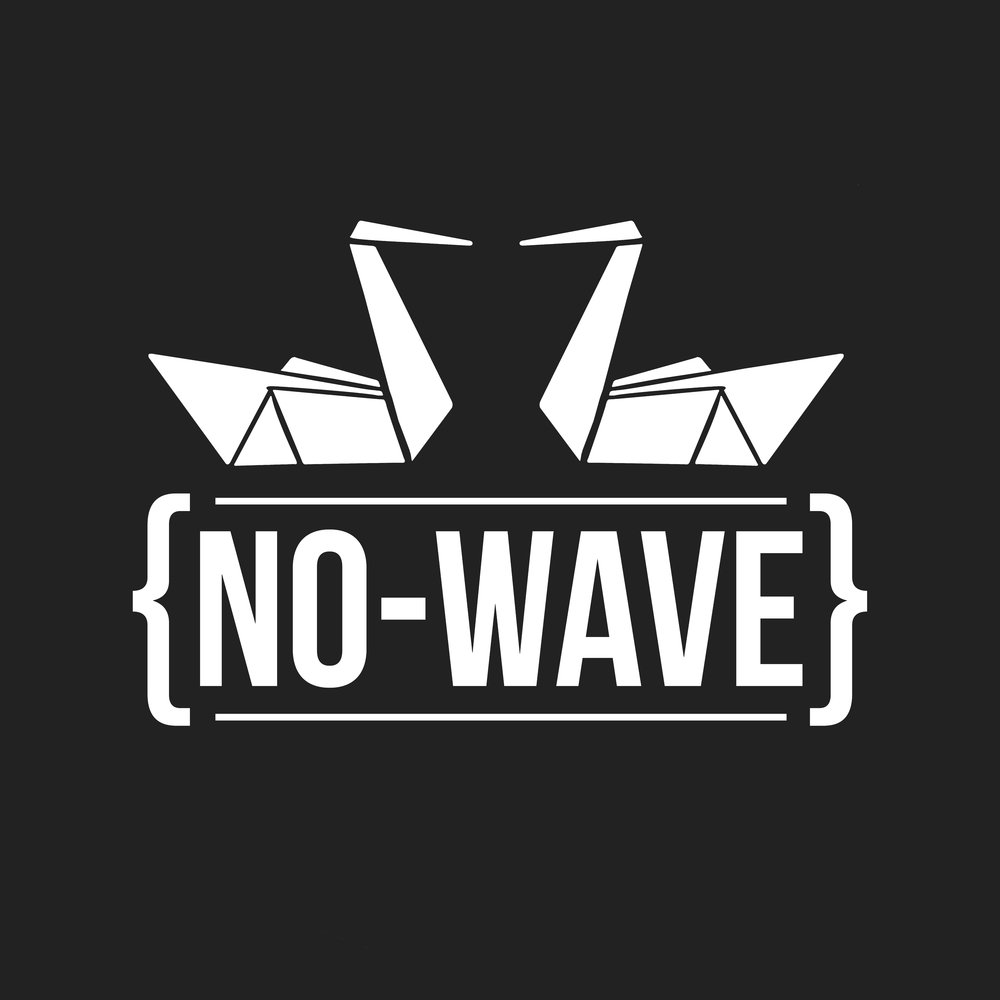To the uninitiated, John Carpenter’s music must sound like another kitschy experiment; a nostalgic attempt to recapture the appeal of 70s-and-80s creature features. But Carpenter is the real deal—the trailblazer who brought us those very features; (among others) Halloween, The Thing, Escape from New York. His style was bold in its simplicity. Even the font used in his titles has become iconic and oft-imitated. Carpenter’s film and soundtrack work provided the still-indelible blueprint for any and all aspiring schlock doctors, and he remains as dark a shadow over Hollywood as ever.
Carpenter saw a late-career resurgence in the mid-2010s. Between playing video games he toured, produced new music and re-recorded old themes. Lost Themes III: Alive After Death is his latest collection of new music. It follows two moodier recent albums with a bright, explosive celebration of horror excess and cheese. Carpenter’s trademark synths bubble over into symphonic grandiosity, where once they burbled and beckoned like a tar pit. ‘Weeping Ghost’ is the most riotously silly track Carpenter has recorded since his theme for In the Mouth of Madness, and sounds like Black Sabbath trying to summon demons to the disco.
Lost Themes III is bold and loose in composition, too. Tracks are mad and balls-out in an energising way. ‘Dead Eyes’ lopes in hunchbacked baroque, ‘Carpathian Darkness’ bastardises, corrupts, inverts and deep-fries Angelo Badalamenti’s ‘Laura Palmer’s Theme’. Even when Alive After Death takes pause it does so in style. ‘Cemetery’ more resembles the ominous material of Lost Themes I and II. But it’s supercharged with crunchy electric guitar; less mood piece, more breakdown.
There are so many ideas bursting from this LP, so many perspectives of the macabre. When listening, it's impossible to ignore how enmeshed Carpenter is with the identity of screen horror as a whole. This feels like a victory lap in every sense. Carpenter has lived to see his own legacy and is relishing in it. From the outside, it feels like the director was bullied out of Hollywood for refusing to grovel for budgets, refusing to compromise creatively, refusing to temper his politics and his biting dark comedy. He produced masterpiece after masterpiece in a style nobody wanted to see. Now, desperate for cash, those same institutions recreate and imitate Carpenter’s work—which has become impossibly fashionable. The irony must make him chuckle. There is a wonderful sense of self-parody to Lost Themes III, and a signal from John Carpenter to the world: it’s been forty years, and you’re still playing catch-up.
Alive After Death is available for purchase and streaming here.
Words: Andrew O’Keefe


